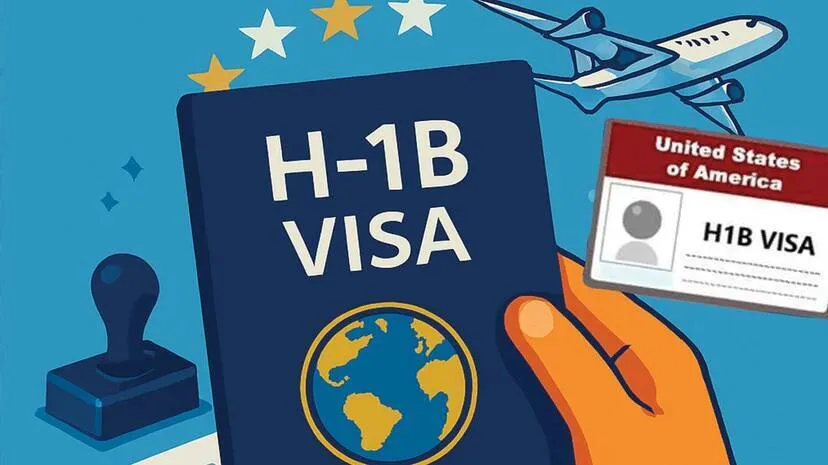

In 1991, India liberalised its economy not out of a bold vision but desperation. Our foreign exchange reserves had collapsed to 1.2 billion dollars, barely enough to cover two weeks of imports. Inflation was running at 17 per cent. To avert default, the government flew out 47 tonnes of gold to the Bank of England.
The reforms that followed under Prime Minister P. V. Narasimha Rao and Finance Minister Dr Manmohan Singh were born of compulsion. The IMF and World Bank did not give India a choice. It was an arm twist. The message was clear: open your economy or collapse.
Acting under conditions of economic necessity and international conditionalities, Rao and Singh executed measures that dismantled the licence raj, reduced tariffs, and reopened access to capital. The effect was to avoid sovereign default and restore minimum external viability, even if the policy space was constrained. On the narrow test of crisis management, the execution succeeded.
But here lies the paradox. When Manmohan Singh himself became Prime Minister years later, the “reformer” of 1991 became the leader of drift. Instead of deepening India’s autonomy, his government presided over policy paralysis and scams. The promise of 1991 became the disillusionment of 2011.
Three waves of American strategy
Into this vacuum stepped the United States.
The first wave came through culture. In 1994, Sushmita Sen and Aishwarya Rai won Miss Universe and Miss World. For Indians, it was pride. For multinationals, it was an opportunity. Those crowns became cultural Trojan horses. Global beauty brands like L’Oréal, Procter & Gamble and Hindustan Unilever flooded our shelves. India’s cosmetics market grew at nearly 20 per cent a year through the 1990s. Rising incomes turned aspiration into consumption. Glamour had become the gateway for global consumerism.
The second wave came through consumption. Pepsi and Coca-Cola turned cricket and Bollywood into their playgrounds. By 2000, India’s fast-moving consumer goods market had crossed 1.3 lakh crore rupees and was growing at double digits. Indra Nooyi, an Indian at the top of PepsiCo, symbolised the strategy. American firms used Indian talent to sell American products to Indian households.
The third wave was the most far-reaching. It was the capture of talent. In 1991, India exported 150 million dollars' worth of software. By 2010, the figure had become 62 billion dollars. U.S. corporations built massive back offices in Bengaluru, Hyderabad and Pune. They hired Indian engineers at a fraction of the cost and built fortunes on their skills.
The crowning glory of this wave was the rise of Indian origin CEOs in America’s biggest firms. Sundar Pichai at Google. Satya Nadella at Microsoft. Arvind Krishna at IBM. Ajay Banga at Mastercard. Today, more than 20 Indian origin executives head Fortune 500 companies. They make us proud, but it also raises a question. Whose empires were they building?
The curtain falls in 2025
This year, the mask slipped. The U.S. President announced a fee of $100,000 for new H-1B visas. Seventy-one per cent of those visas go to Indians. For decades, America benefited from Indian talent. And one fine day, Trump said 'Thank you for your service' and showed all of them the door.
On the facade, this looks like a setback, but in reality, it may prove otherwise.
Already, venture funds and startup founders in India report a surge of applications from graduates and professionals in the U.S. who want to come home. They call it India’s AI gold rush. With the visa door closing abroad, engineers are ready to build careers in India’s SaaS, deep tech and AI ecosystem.
If we combine this returning talent with capital, India can replicate what the U.S. once did: bring together talent density and funding to create globally competitive product companies. For the first time since 1991, the balance may shift in our favour.
The real lesson
The story of 1991 is not that India liberalised. The real lesson is how it liberalised. We did it under duress, on IMF terms, not on Bharat’s terms. We opened the door wide before our own industries and ecosystems were strong enough to compete. We allowed foreign brands to capture our markets and foreign firms to siphon off our talent.
The lesson of 2025 is that the rules of the game can always be changed when dependence runs too deep. What was once encouraged is now penalised.
So the choice before India is clear. We cannot afford to fall prey to such strategies again.
Swadeshi 2.0
This does not mean closing ourselves off. It means opening on our own terms. It means building our own brands instead of being mere consumers of theirs. It means retaining our best talent rather than exporting it blindly. It means creating knowledge capital that serves Bharat first, and then the world.
From pledging gold in London to producing CEOs in Silicon Valley, India’s journey has been extraordinary. But the next chapter must be different. The Wapsi of talent is our chance to pen a new chapter, hopefully a glorious one.
Swadeshi, it must be. India for Bharat. Bharat for the world.
CA. MR Ranjit Karthikeyan BCom., LLM., DISA (ICAI), FCA, Founding Partner, Ranjit Karthikeyan Associates LLP Thiruvananthapuram | Kochi | Kozhikode | Bengaluru